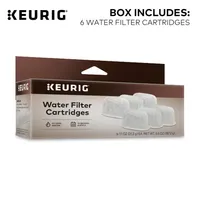How to clean a Keurig coffee maker
Tips for keeping your Keurig coffee maker clean and working like it's brand new again
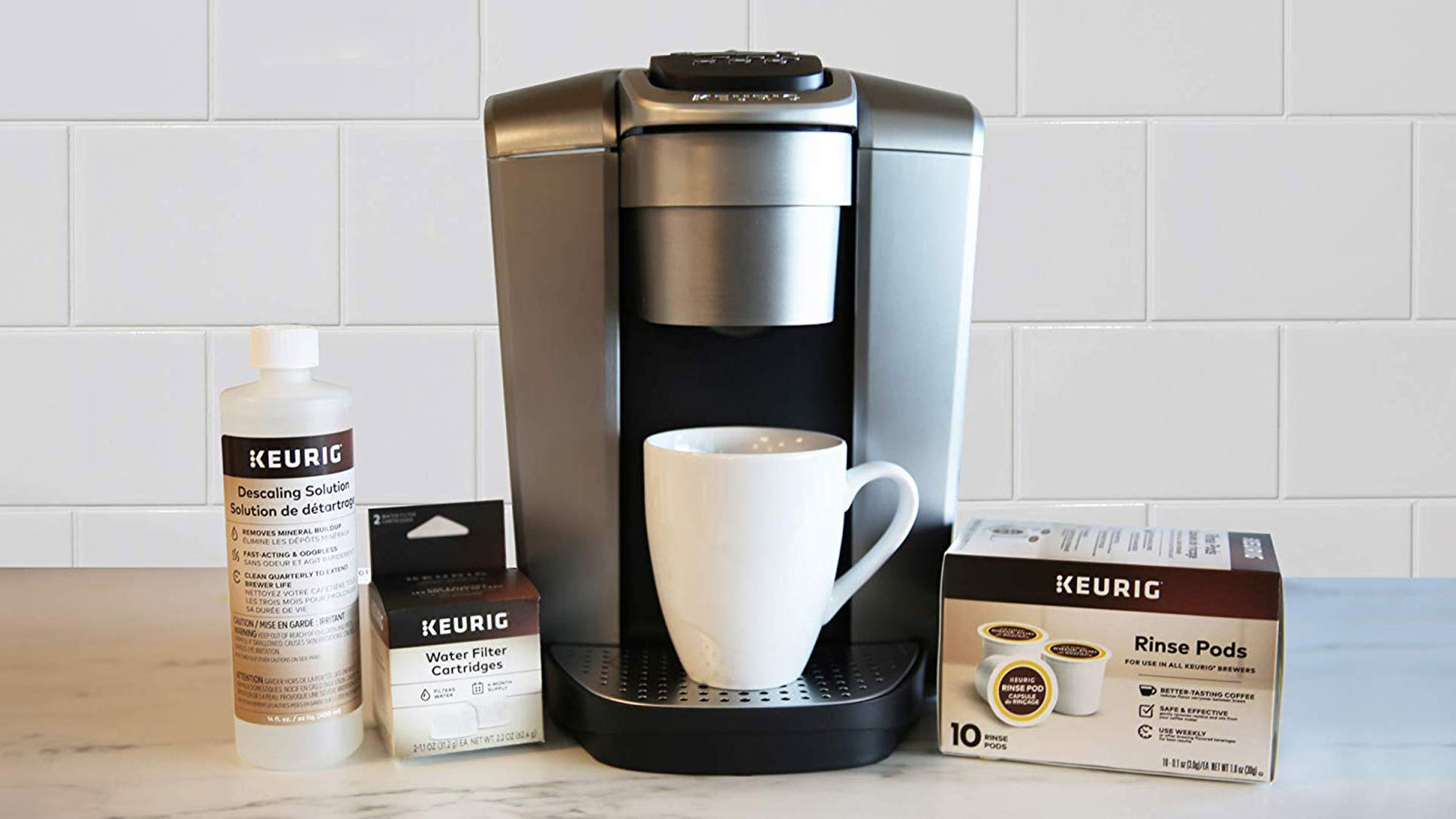
If you have a Keurig — perhaps one of the best Keurig coffee makers — you'll need to know how to clean a Keurig coffee maker to make it last the distance. After all, you probably love the way you can practically make your morning cup of joe in your sleep. Pop in a pod, press a button, and in a minute or so, your mug is full. But if you want to ensure your beloved Keurig won't let you down, you need to develop a maintenance routine.
Luckily, we've compiled a quick guide showing you how to clean a Keurig and make sure every cup is as fresh as the first with a sparkling machine to boot.
While this article is geared toward Keurig machines, many of these tips also apply to the best coffee makers and the best espresso machines, and we're also going into more detail on how to descale a Keurig as well. So you can enjoy your favorite quality coffee each time.
The importance of keeping your Keurig clean
Here are some things that can go wrong if you don't clean your Keurig regularly:
- The needle can get clogged. That means coffee grounds can wind up in your cup, or you might get a "short" cup instead of your regular dose.
- Your coffee can start to taste bad.
- Mineral deposits can build up inside the machine, slowing down brewing.
- Bacteria and mold can grow inside the coffee maker. You may not see it or even taste it, but it's in there. Yuck!
The steps to keep your Keurig clean only take a few minutes and ensure you have the perfect coffee every time. Let's get started...
1. Weekly cleaning
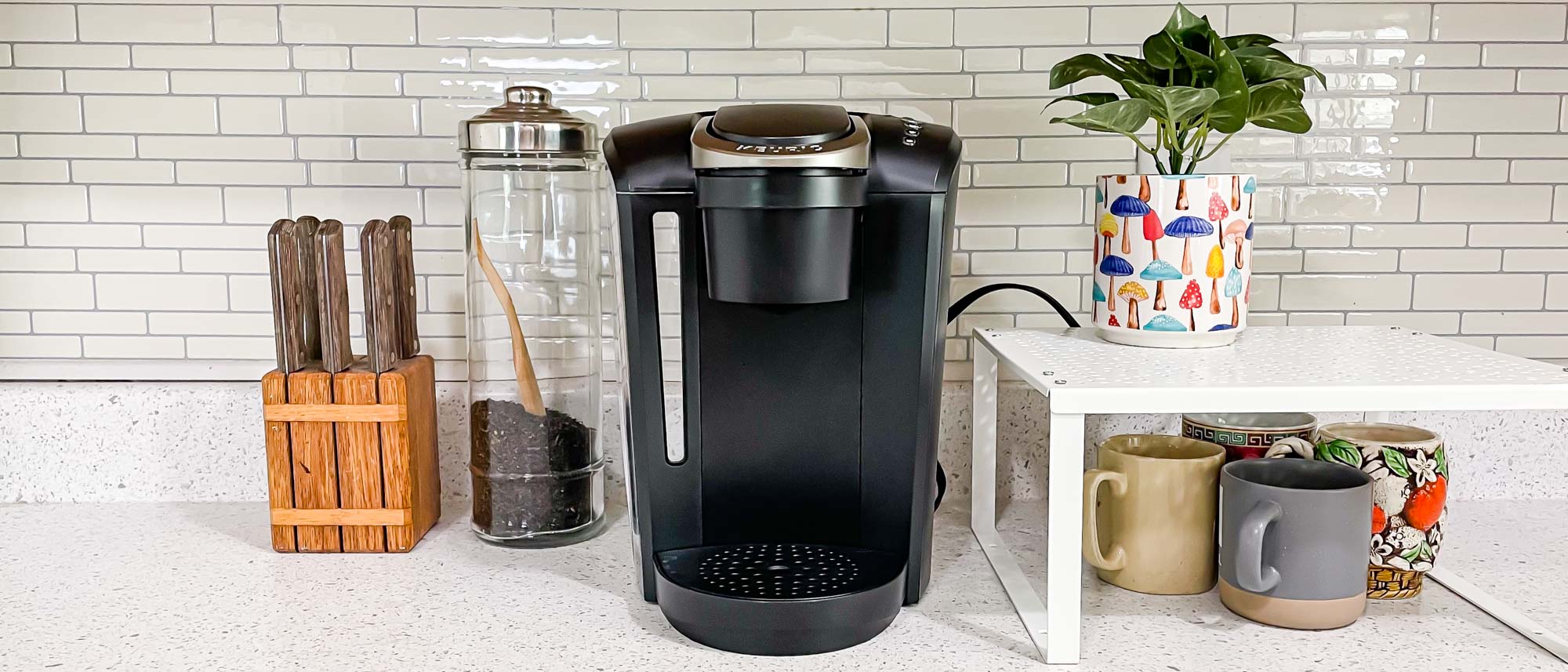
Wash all removable parts such as the water reservoir, lid, mug tray and K-Cup holder, with dishwashing detergent and hot water. Allow the pieces to air dry to avoid lint in your cup. Make sure you wipe down the surfaces of the machine.
If you frequently brew different beverages or notice the taste is off, run a cleansing brew without a K-Cup to prevent flavor transfer.
2. Descaling your Keurig
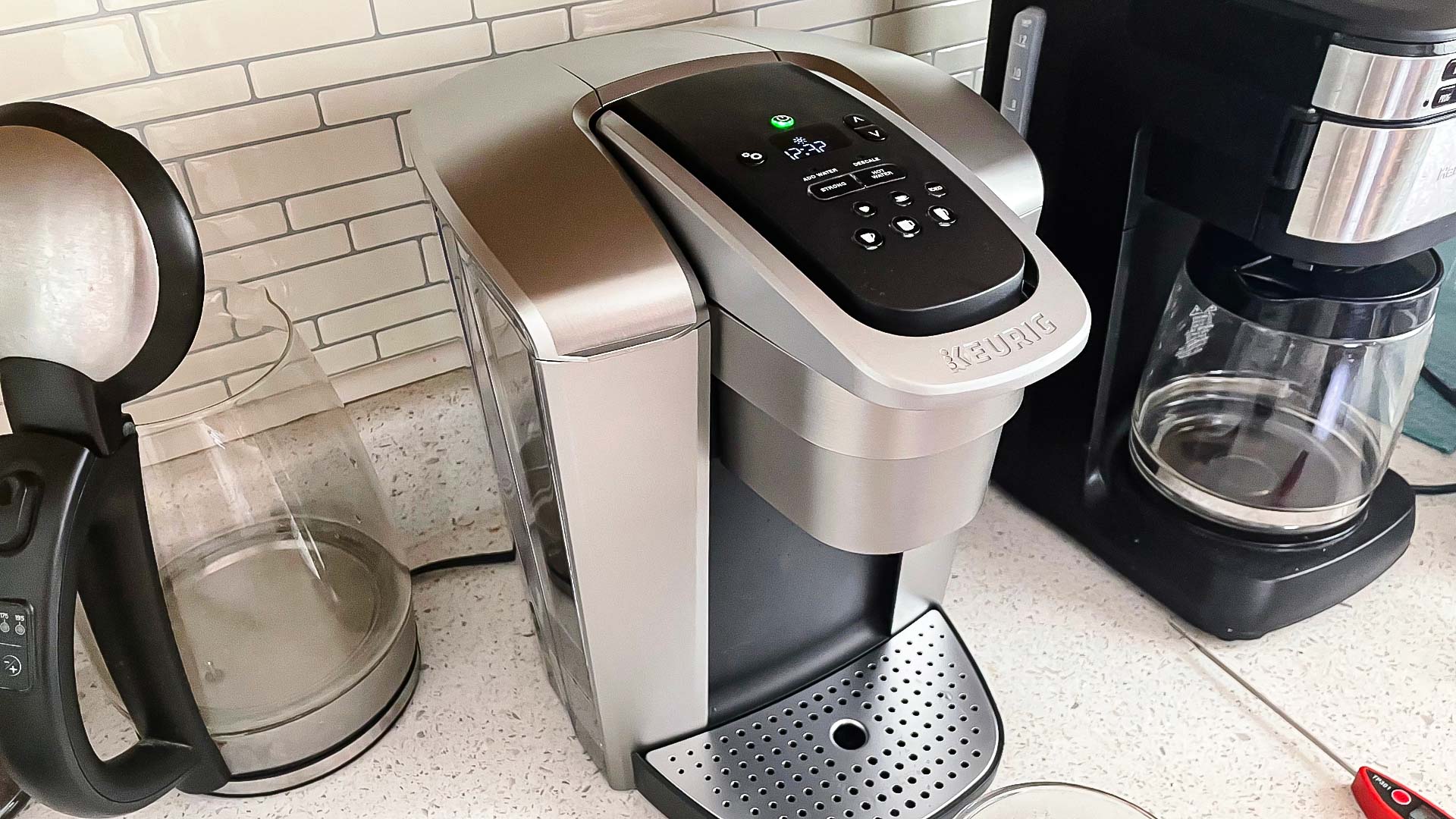
Every so often you'll need to descale your Keurig coffee maker to remove mineral deposits. This should be every three to six months, depending on the hardness of your water.
Fill the reservoir with 10 ounces of plain white vinegar or Keurig's descaling solution. Then, run a couple of brew cycles without a K-Cup and place a mug underneath to catch the liquid. Run a final cycle with fresh water to rinse out the vinegar.
3. Replacing the water fitler
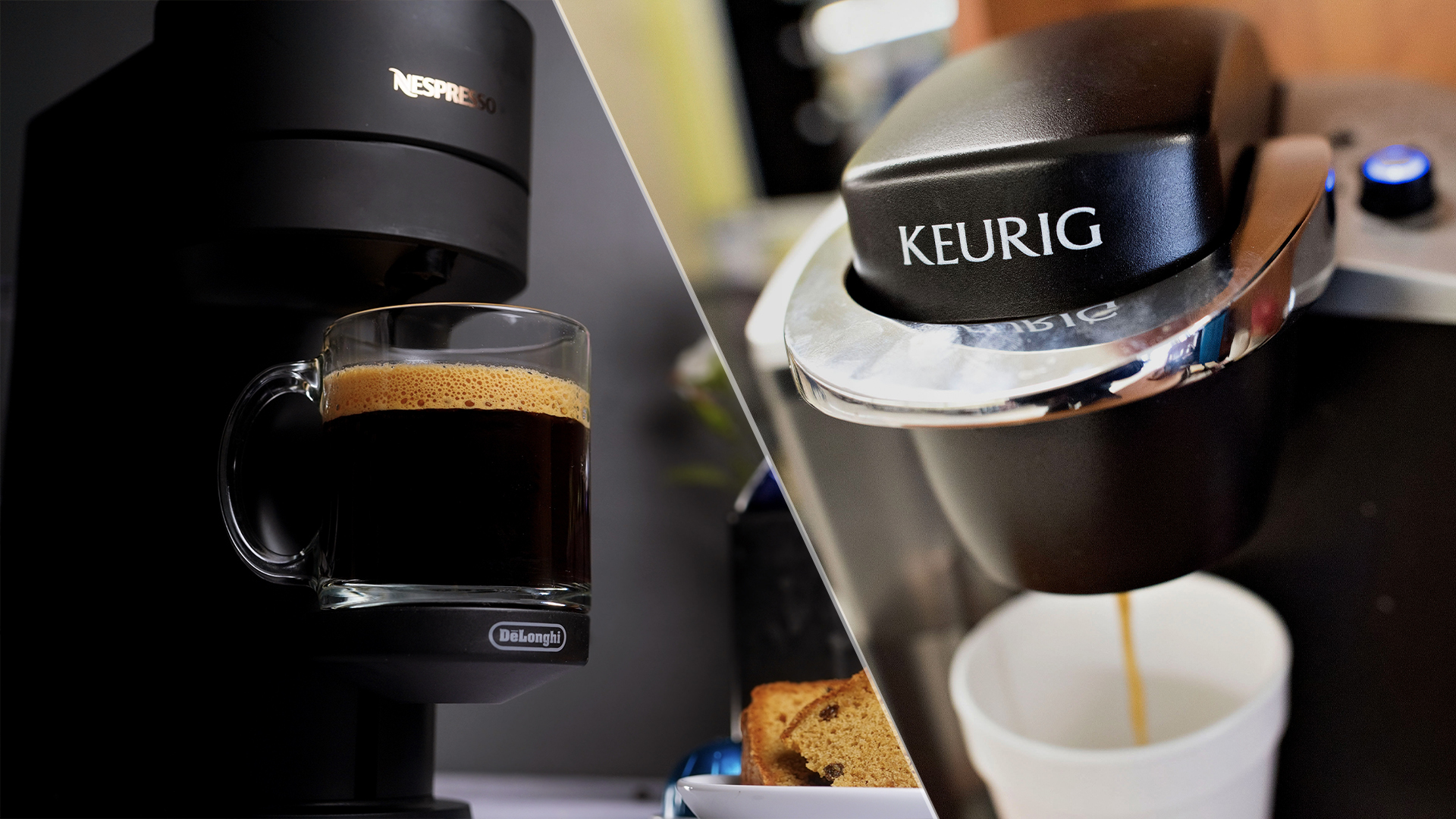
To replace the water filter cartridge, start by soaking a new cartridge in fresh, cold water for 5 minutes. After soaking, rinse the cartridge for approximately 60 seconds. Next, wash the mesh part of the lower filter holder.
Once cleaned, insert the cartridge into the upper filter holder and snap on the lid. Finally, lock the filter holder into place in the water tank.
Keurig Water Filter Refill Cartridges (6 Count)
Replacement Water Filter Cartridges, Compatible with 2.0 K-Cup Pod Coffee Makers
4. Cleaning the needles
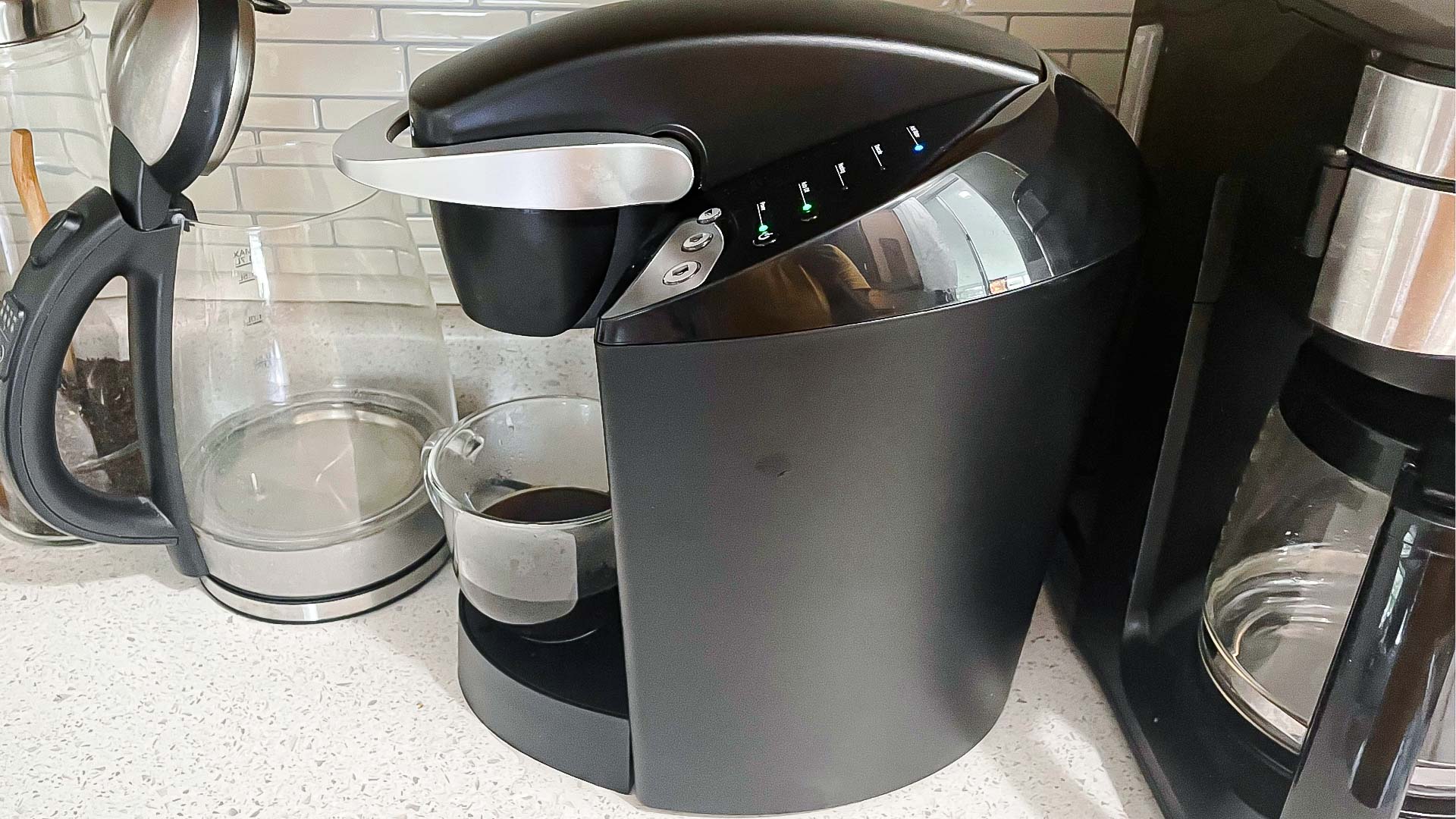
For optimal performance of your Keurig, regularly clean the needles that puncture the K-Cup, especially if you notice grounds in your K-Cup holder or cup, or if your coffee output is low. To unclog the exit needle, first remove and disassemble the pod holder.
Use a straightened paper clip to clear any debris from the exit needle. Lift the head and use the paper clip to clean the holes around the entrance needle as well. Thoroughly wash the pod holder before reassembling it. Run two cycles with just water to complete the process.
If your coffee tastes like a different beverage, or after making hot cocoa, run a cleansing brew without a K-Cup. Keurig also sells Rinse Pods to help eliminate flavor transfer. For those who brew a variety of beverages frequently, running a cleansing cycle once a week is recommended.
Maintaining your Keurig is easy and ensures you enjoy great coffee every time. If you're considering an upgrade, check out the best Keurig coffee maker 2024. For those weighing their options, you can learn about the cost benefits in our Nespresso vs Keurig comparison. And if you're looking for a compact solution the Keurig K-Mini is a great addition to any kitchen.
Get instant access to breaking news, the hottest reviews, great deals and helpful tips.

As the Homes Content Editor, Cynthia Lawrence covers all things homes, interior decorating, and garden-related. She has a wealth of editorial experience testing the latest, ‘must-have’ home appliances, writing buying guides and the handy ‘how to’ features.
Her work has been published in various titles including, T3, Top Ten Reviews, Ideal Home, Real Homes, Livingetc. and House Beautiful, amongst many.
With a rather unhealthy obsession for all things homes and interiors, she also has an interior design blog for style inspiration and savvy storage solutions (get rid of that clutter!). When she’s not testing cool products, she’ll be searching online for more decor ideas to spruce up her family home or looking for a great bargain!
